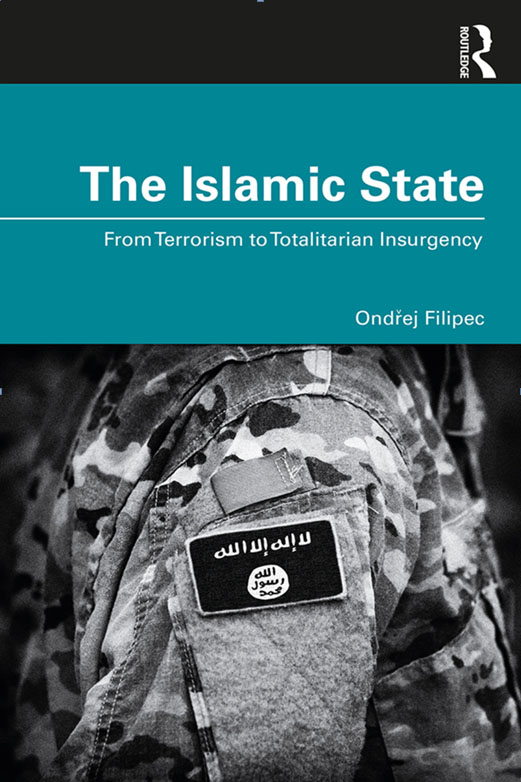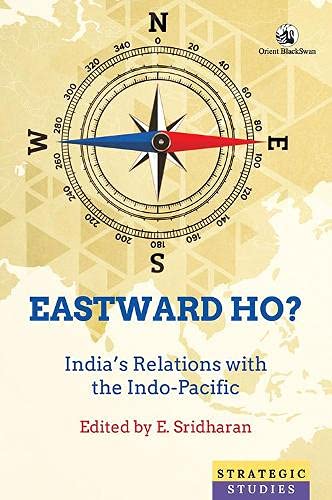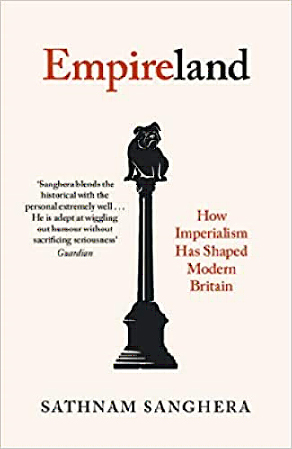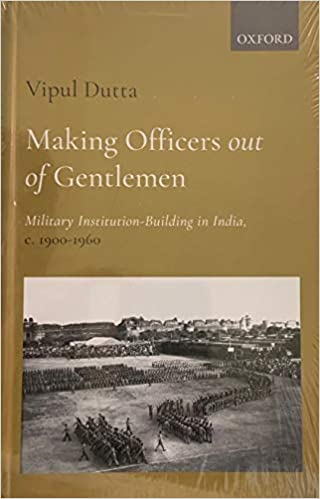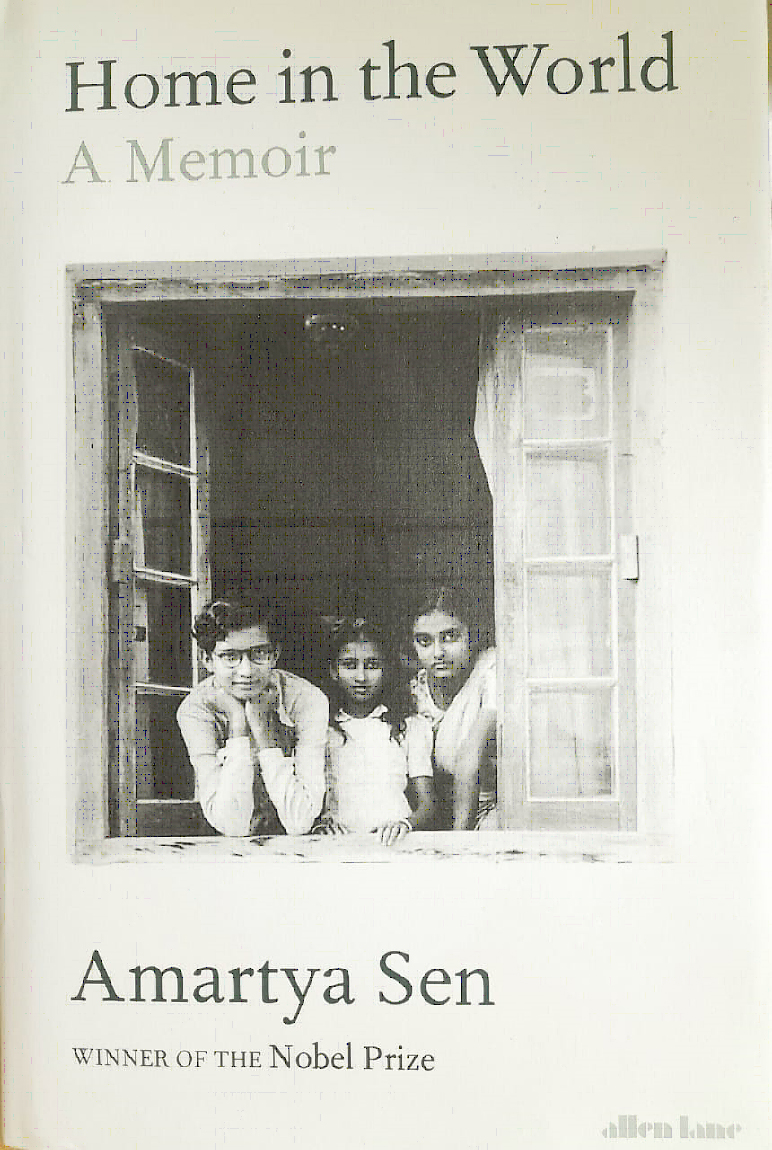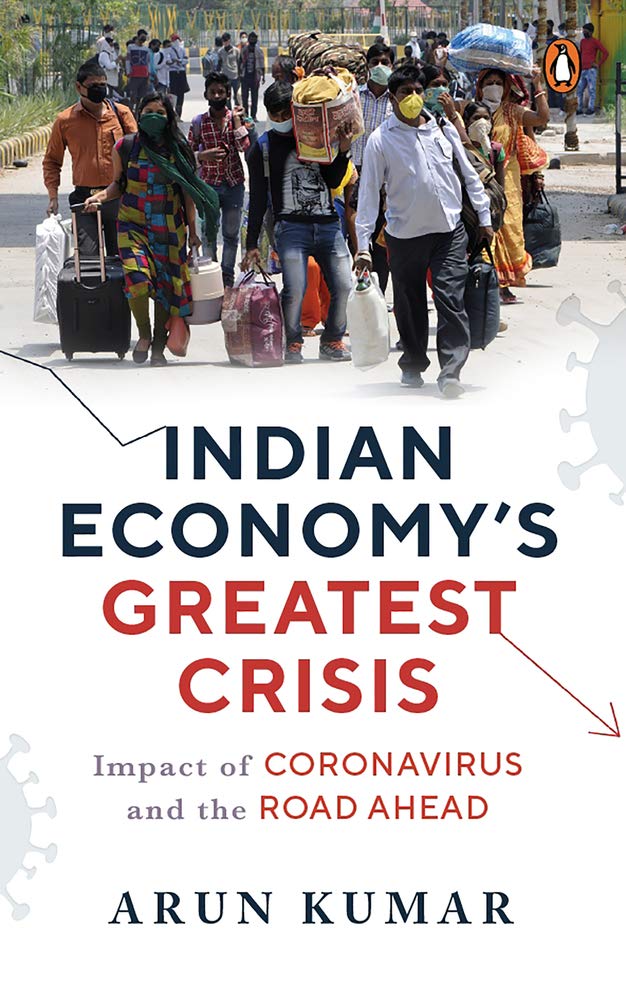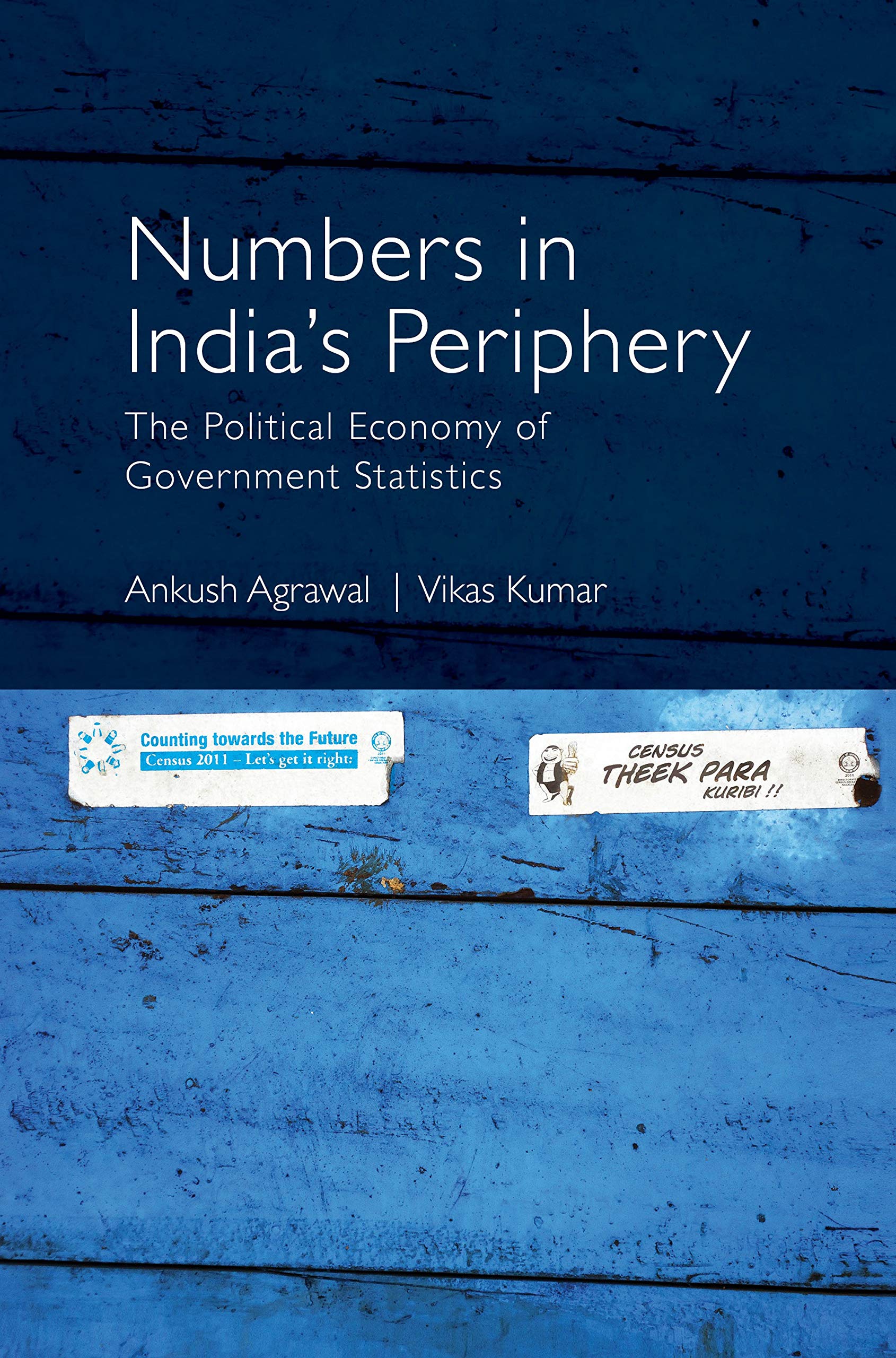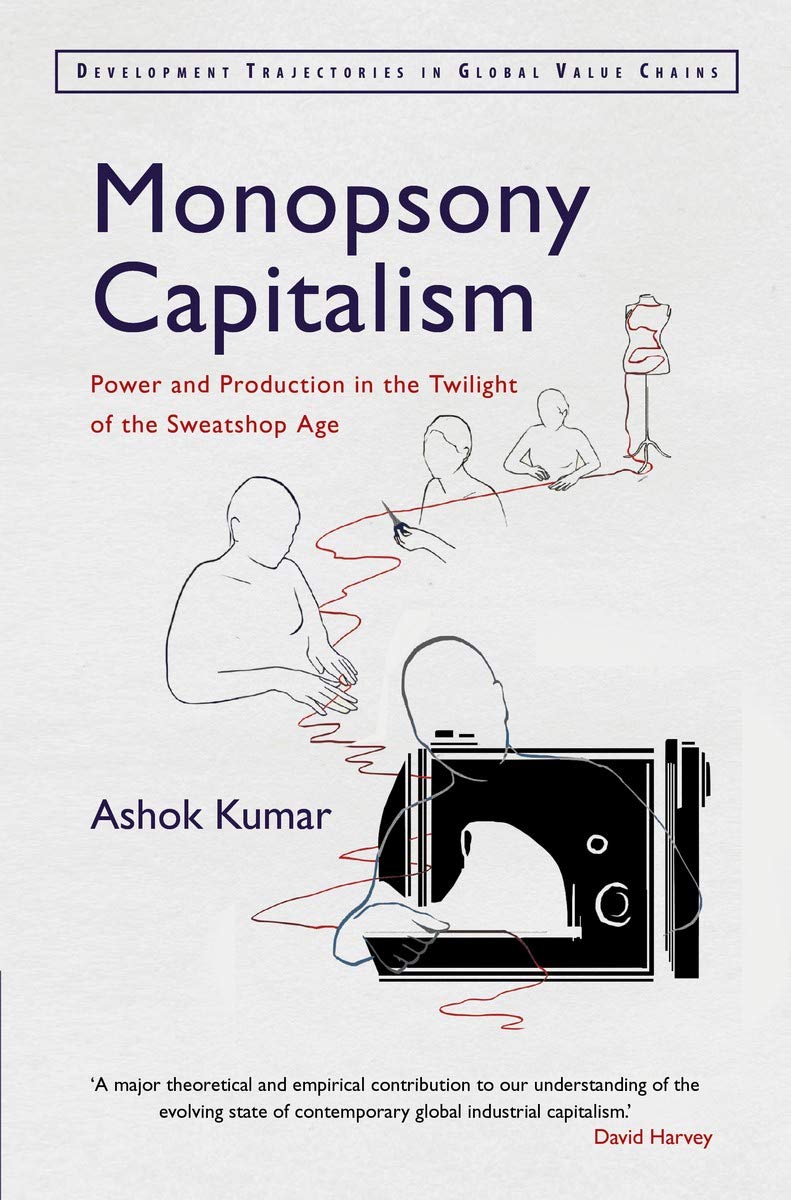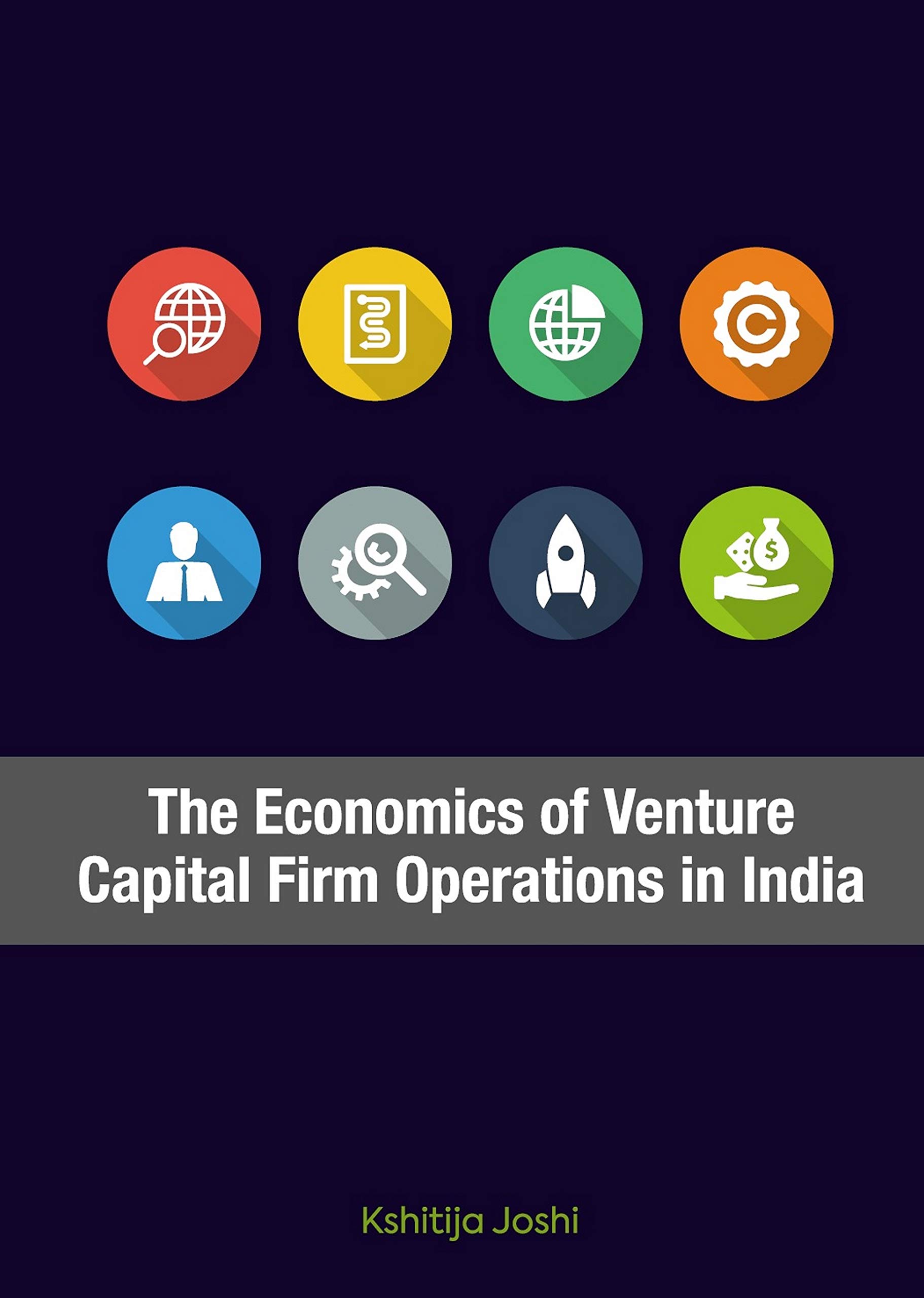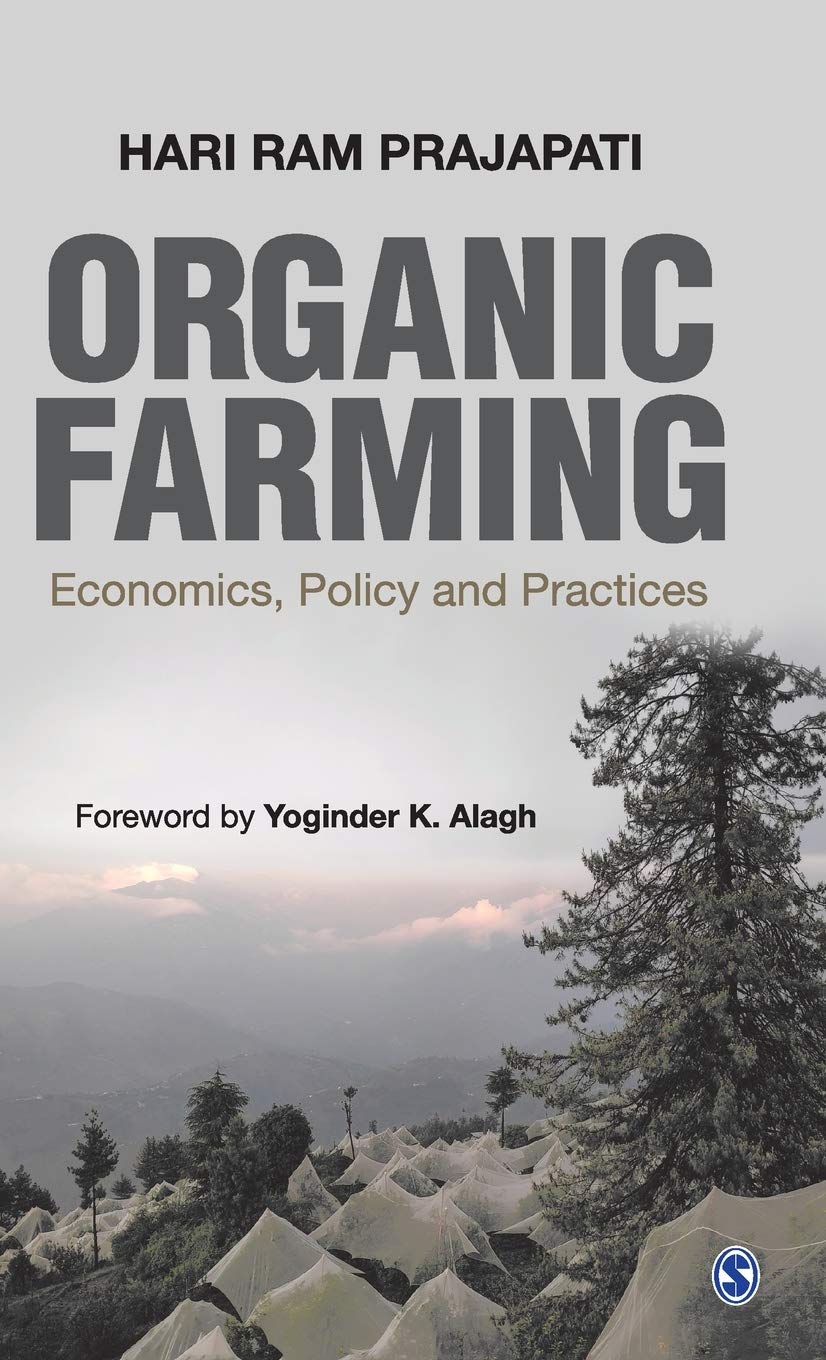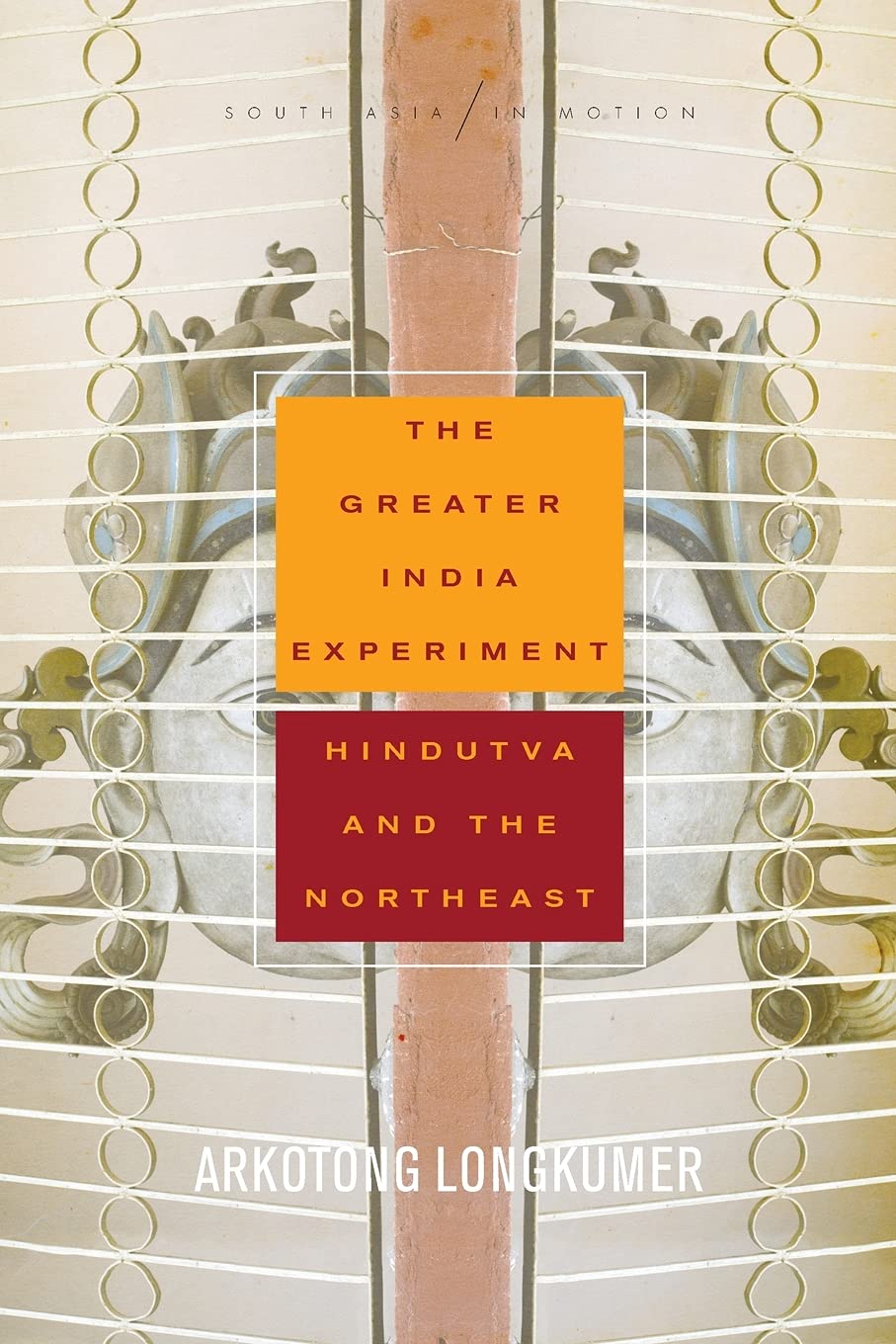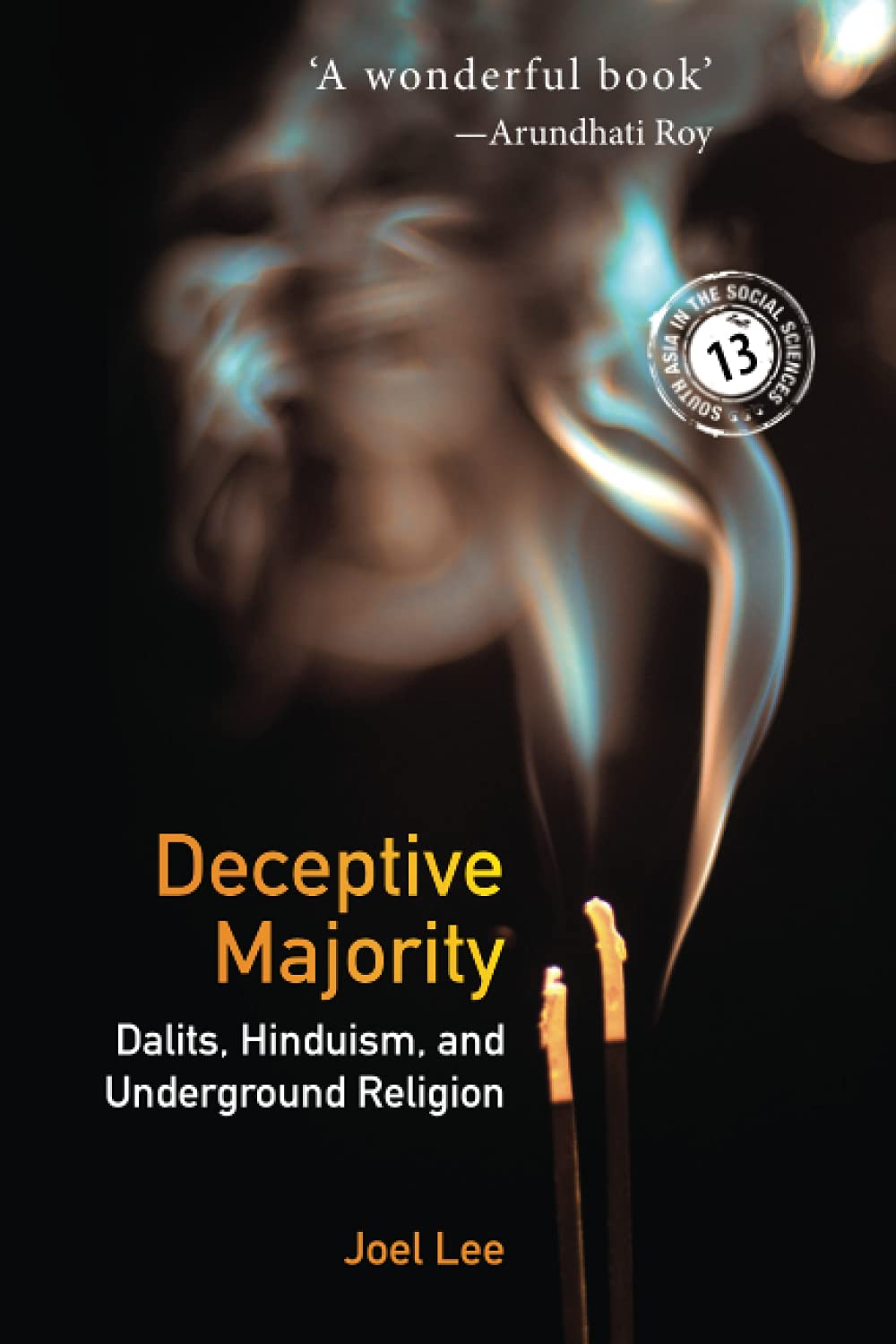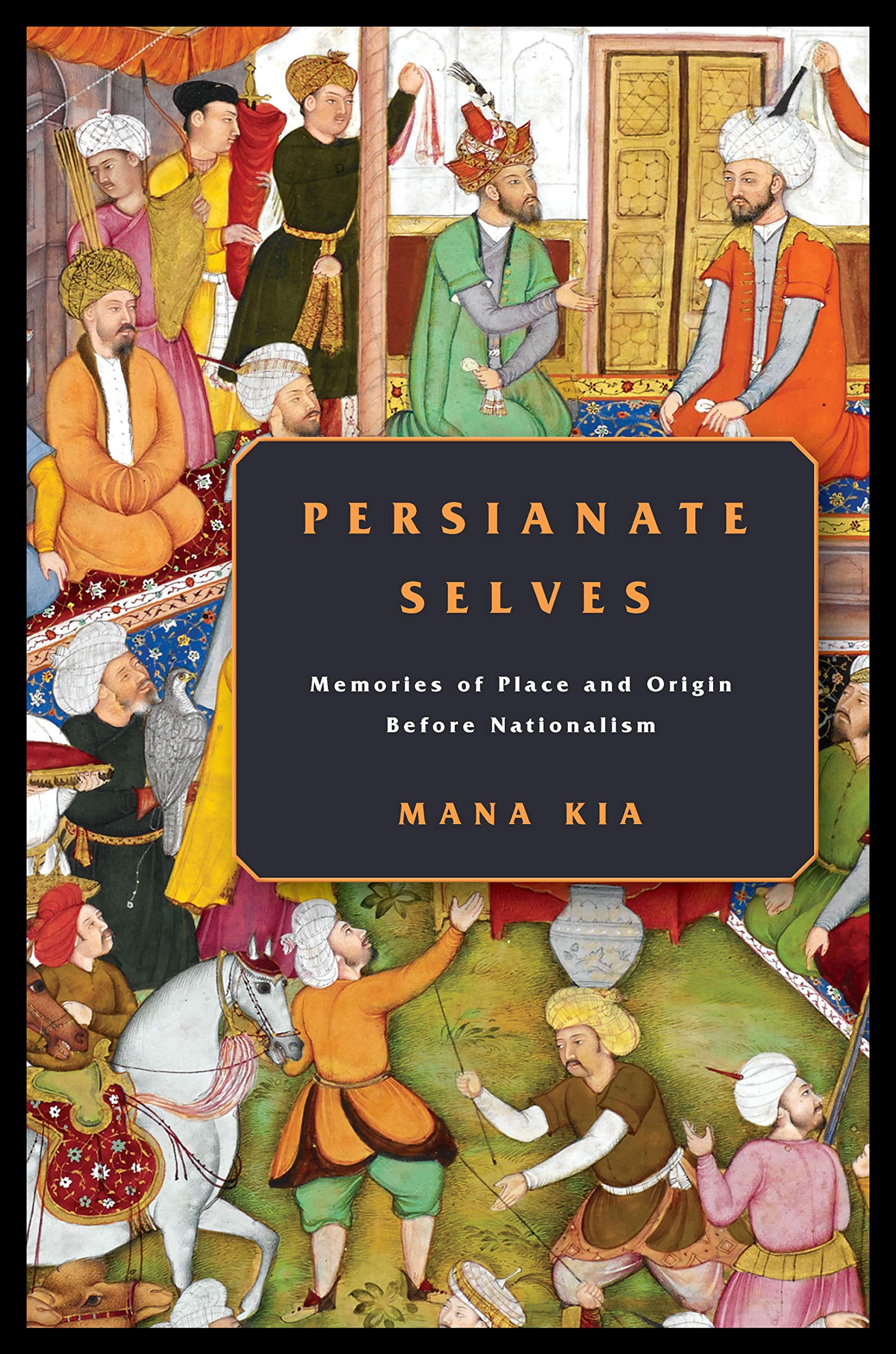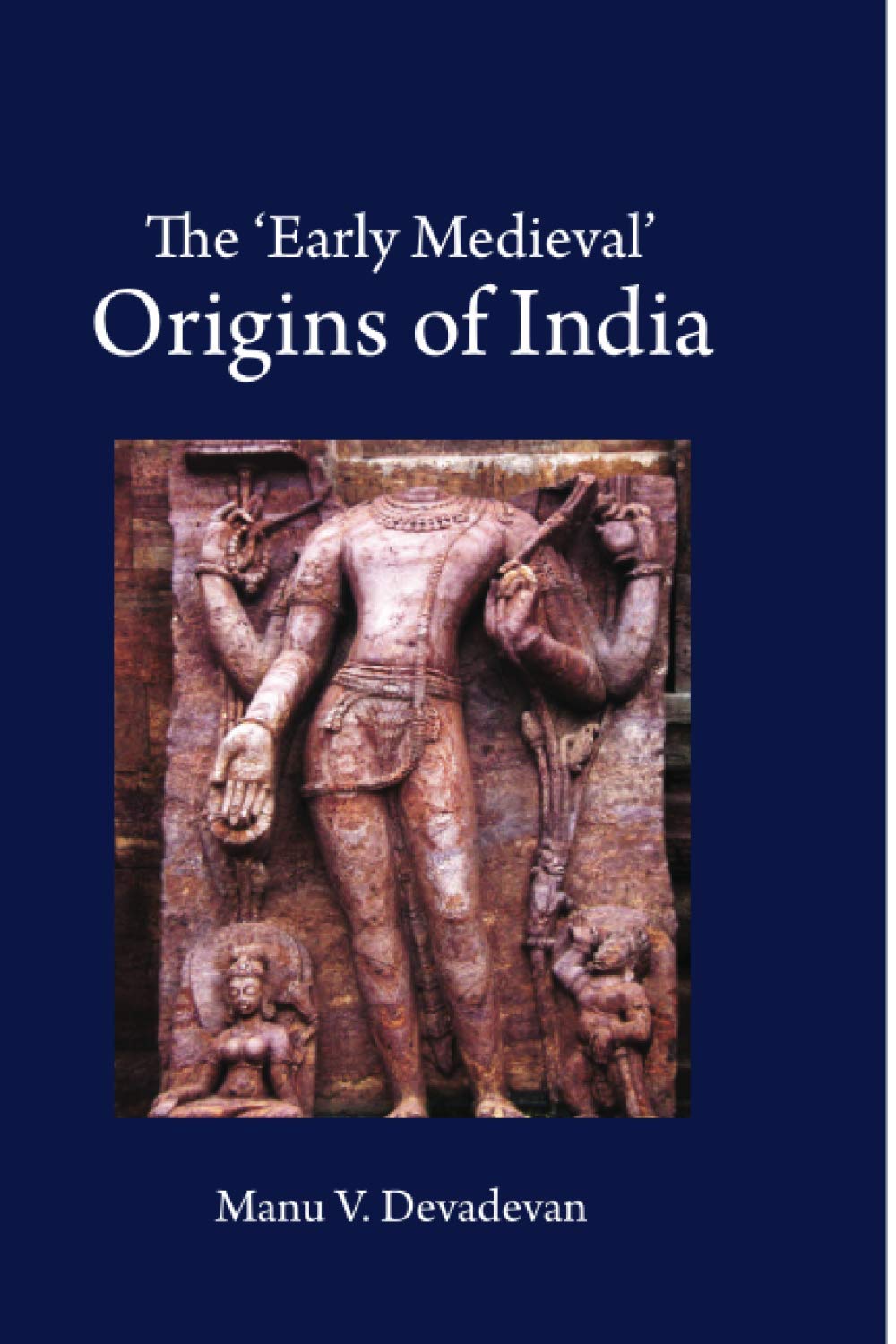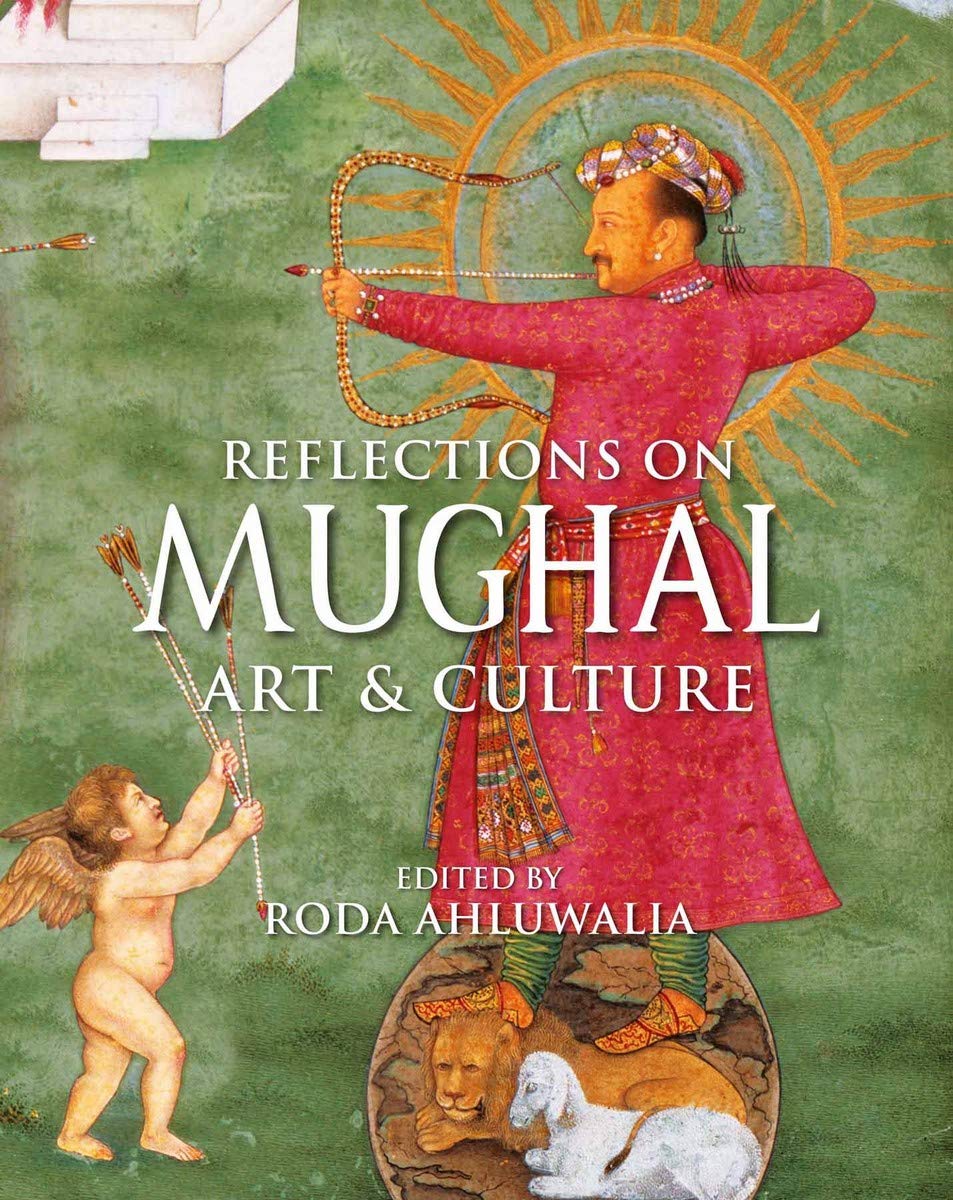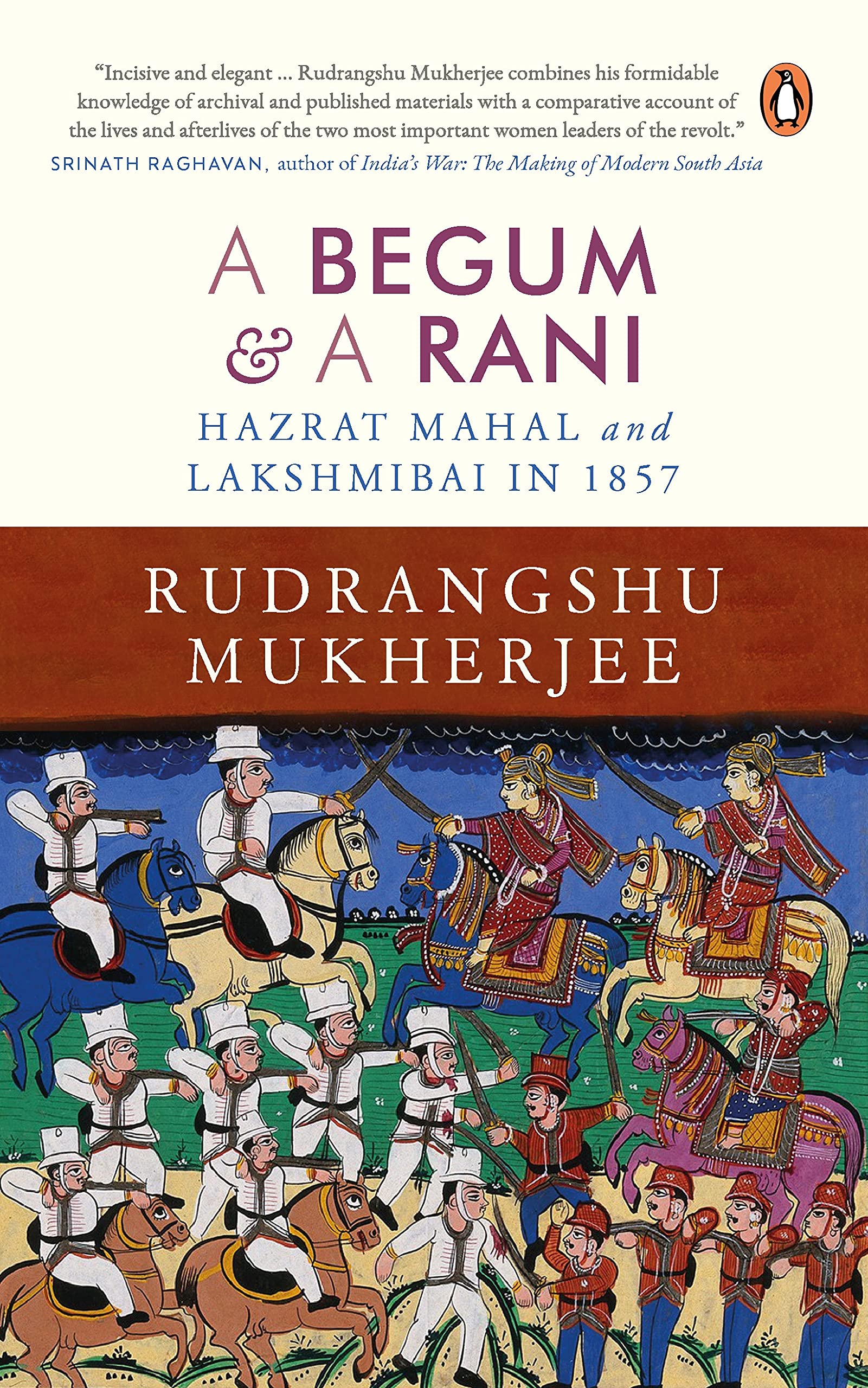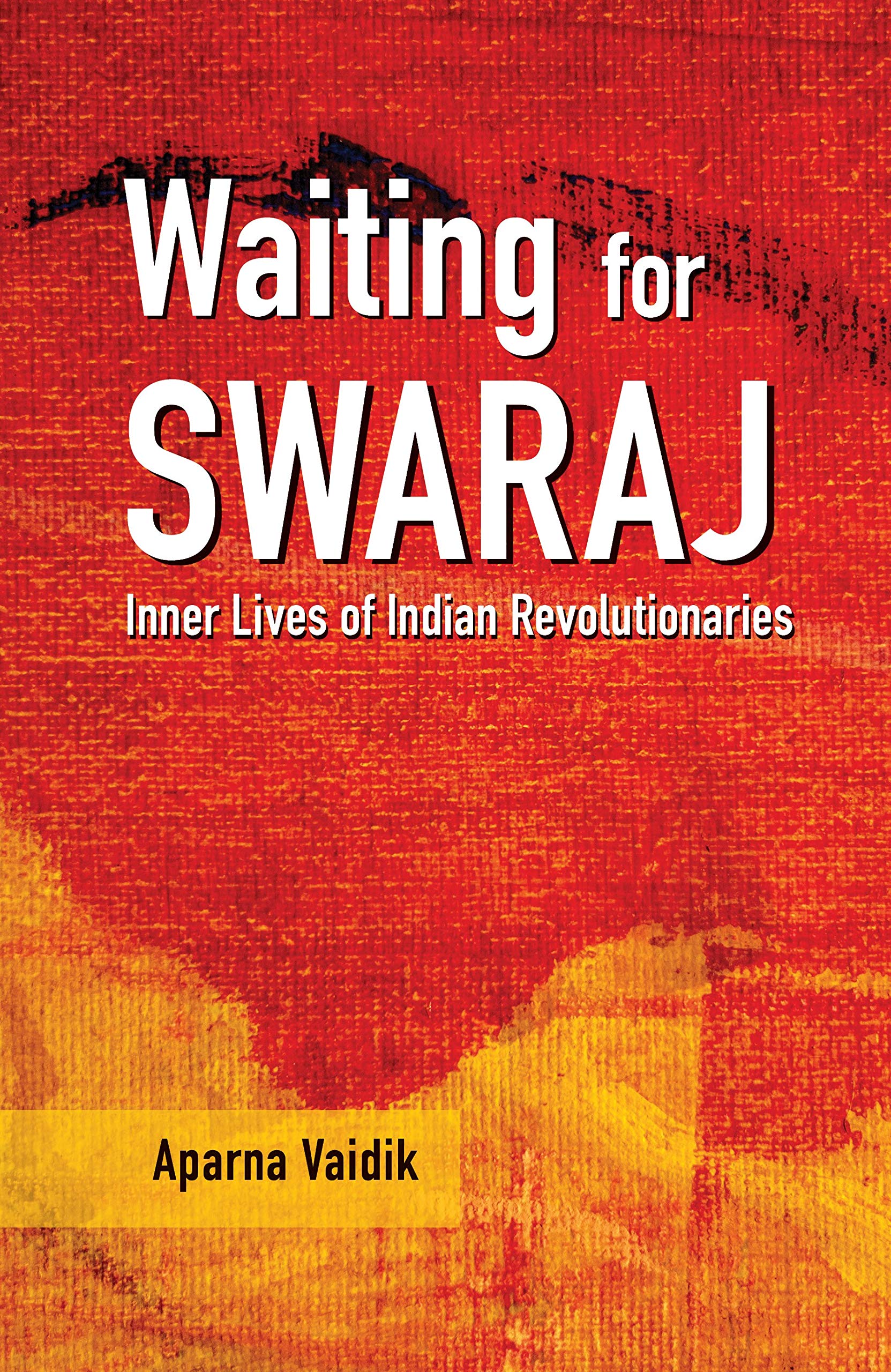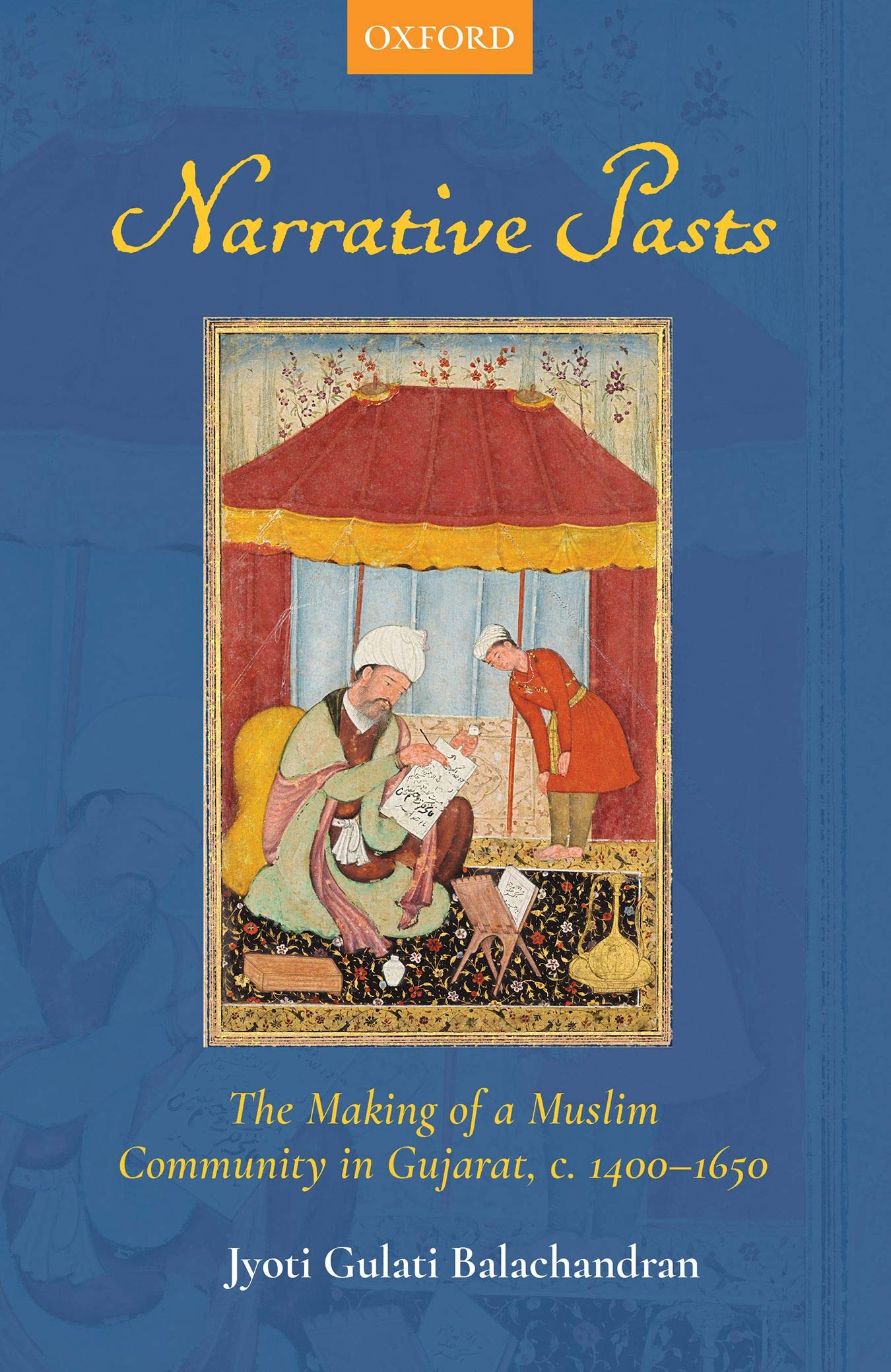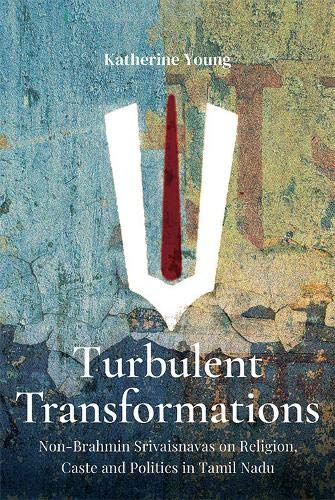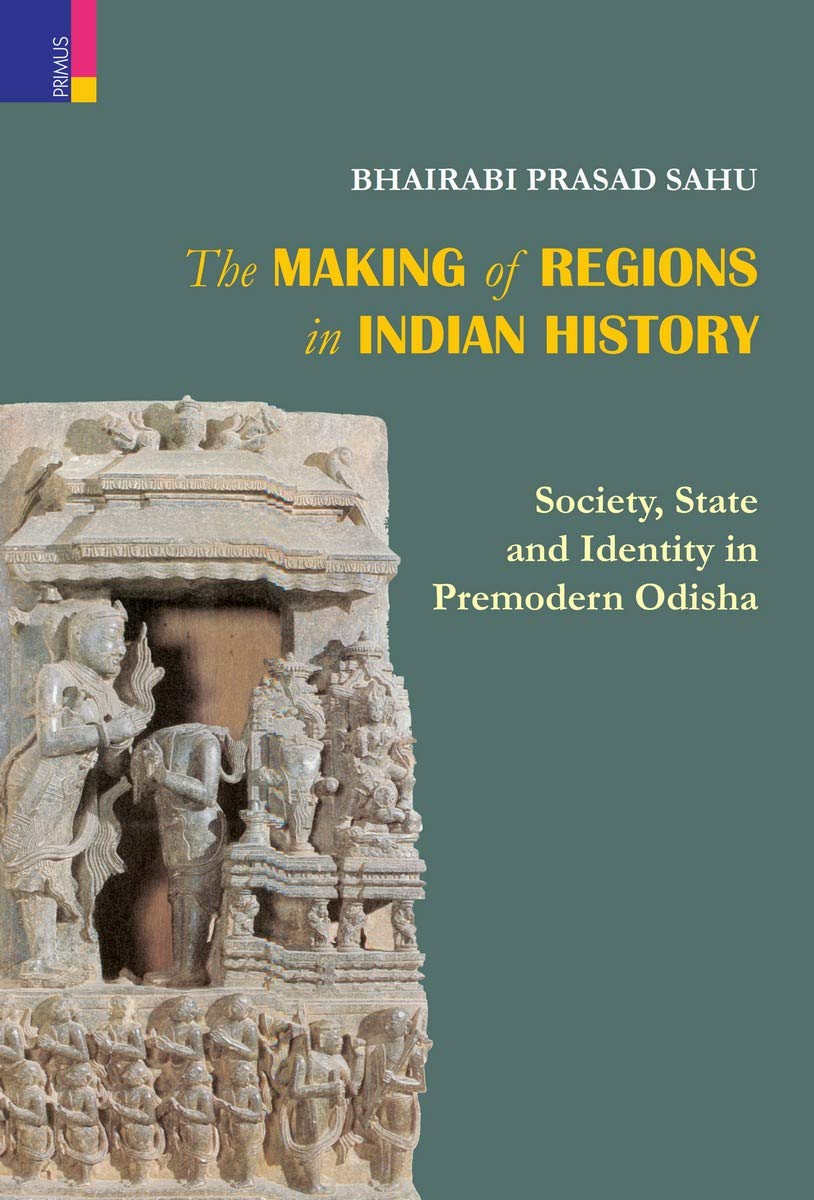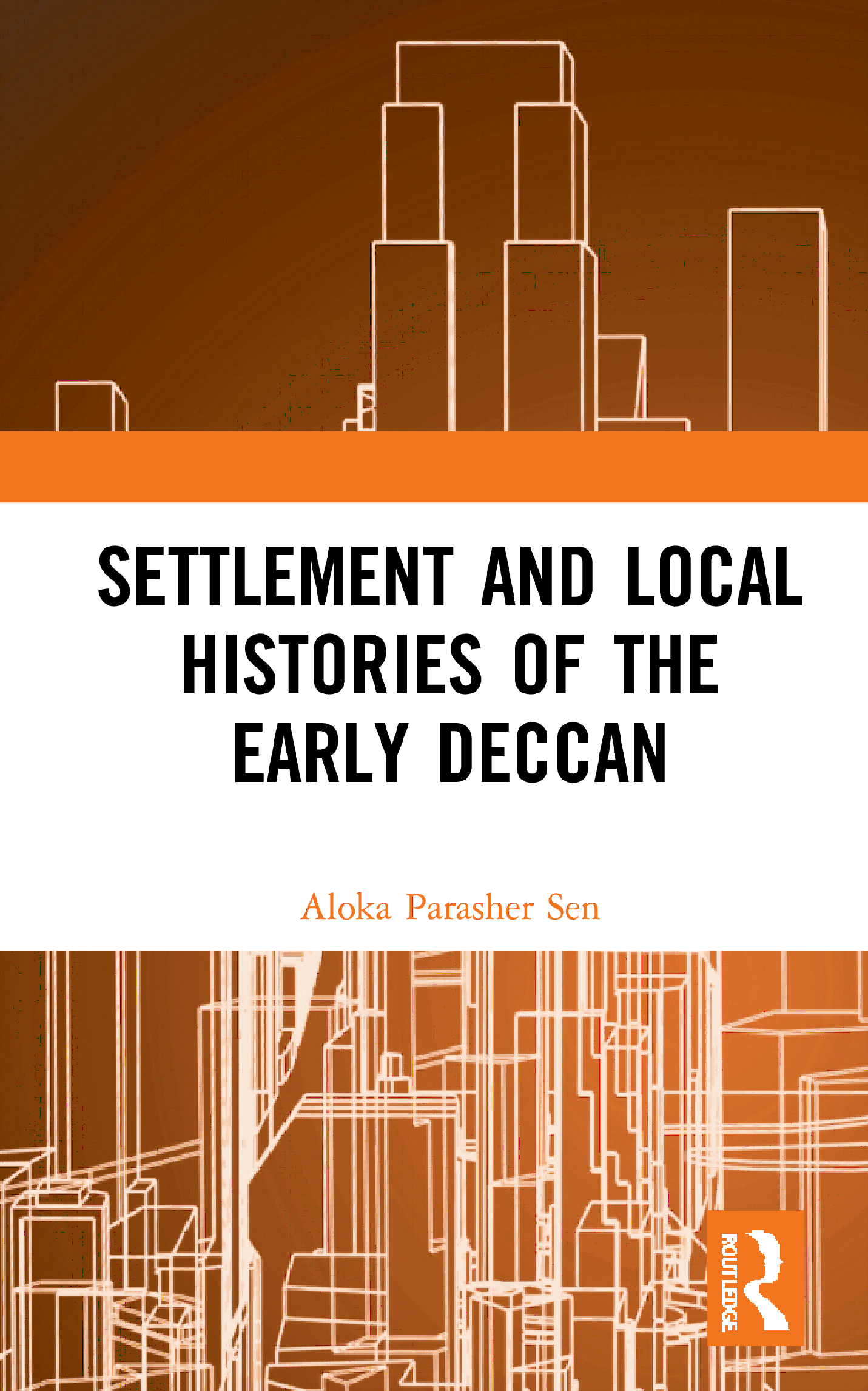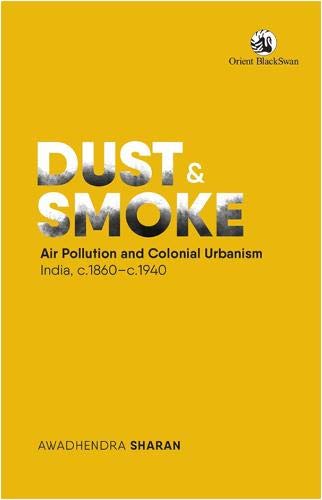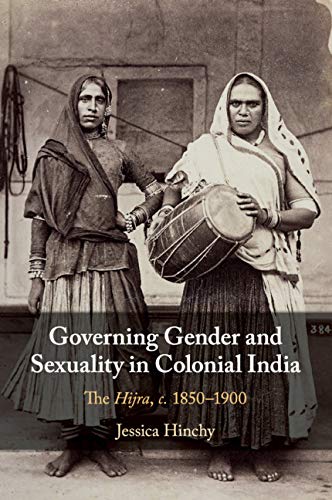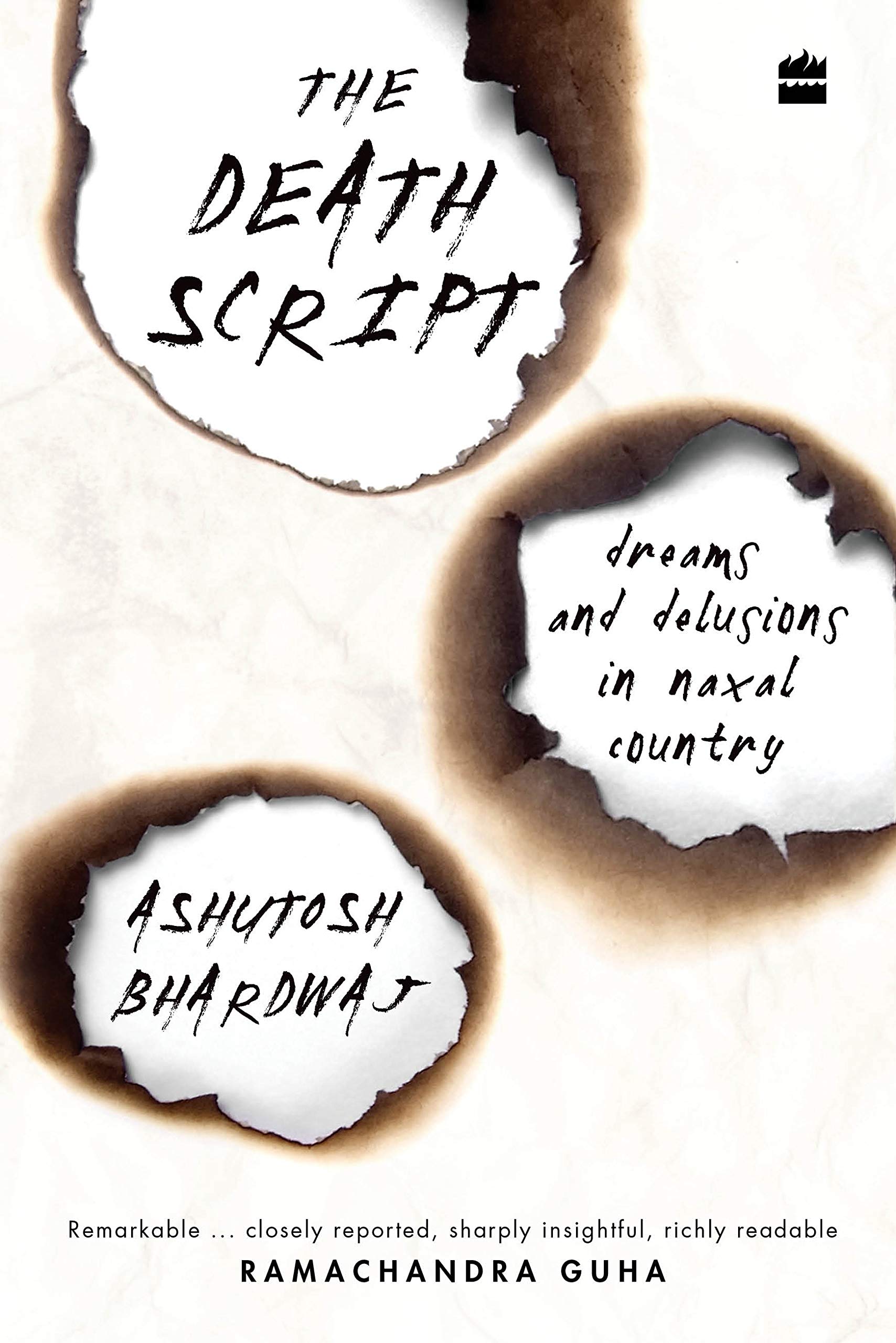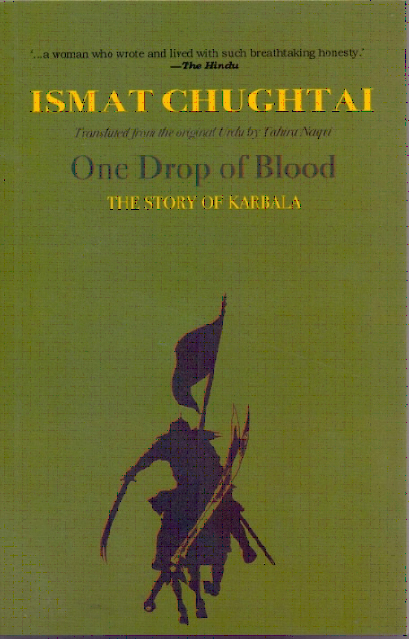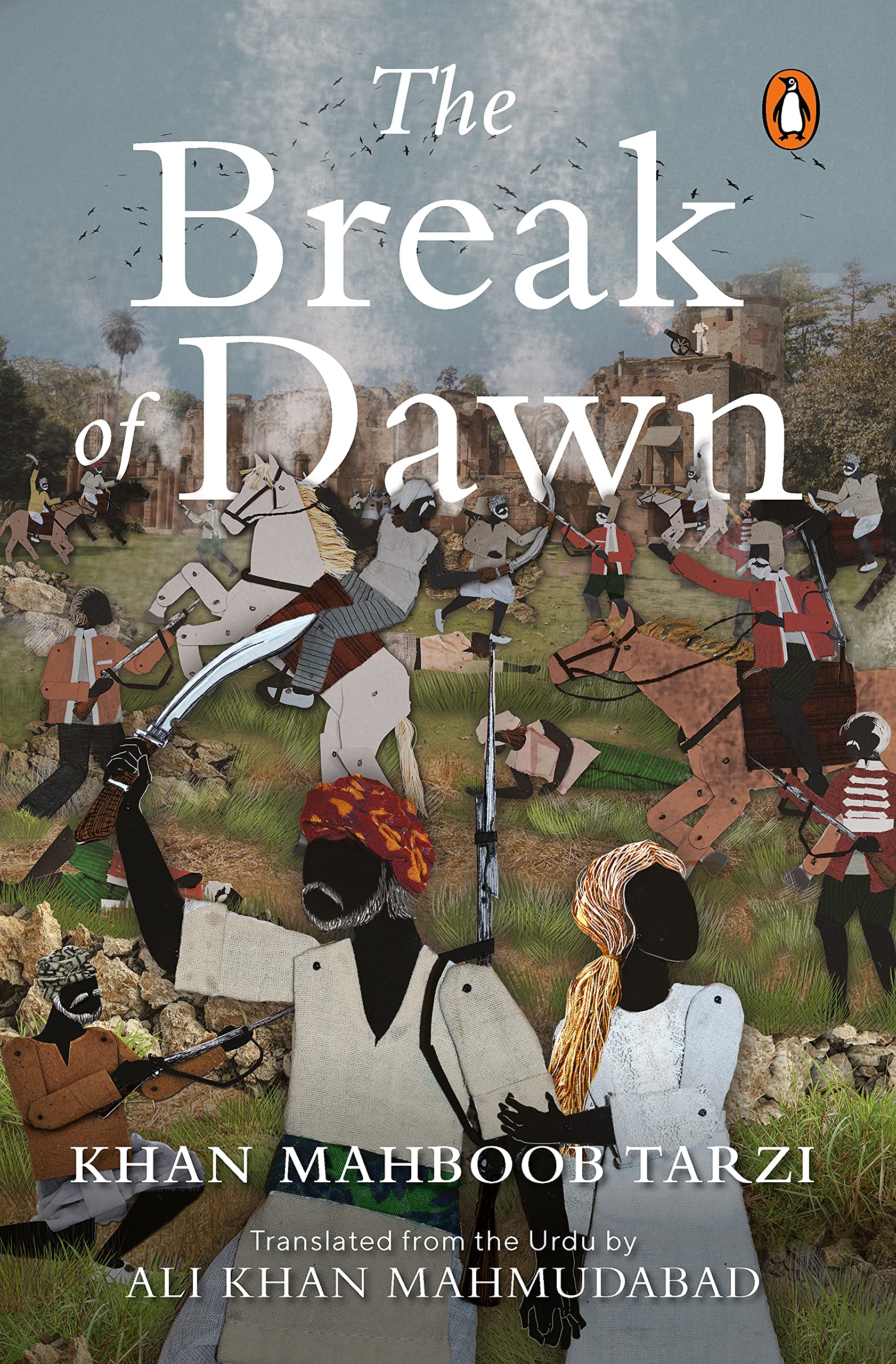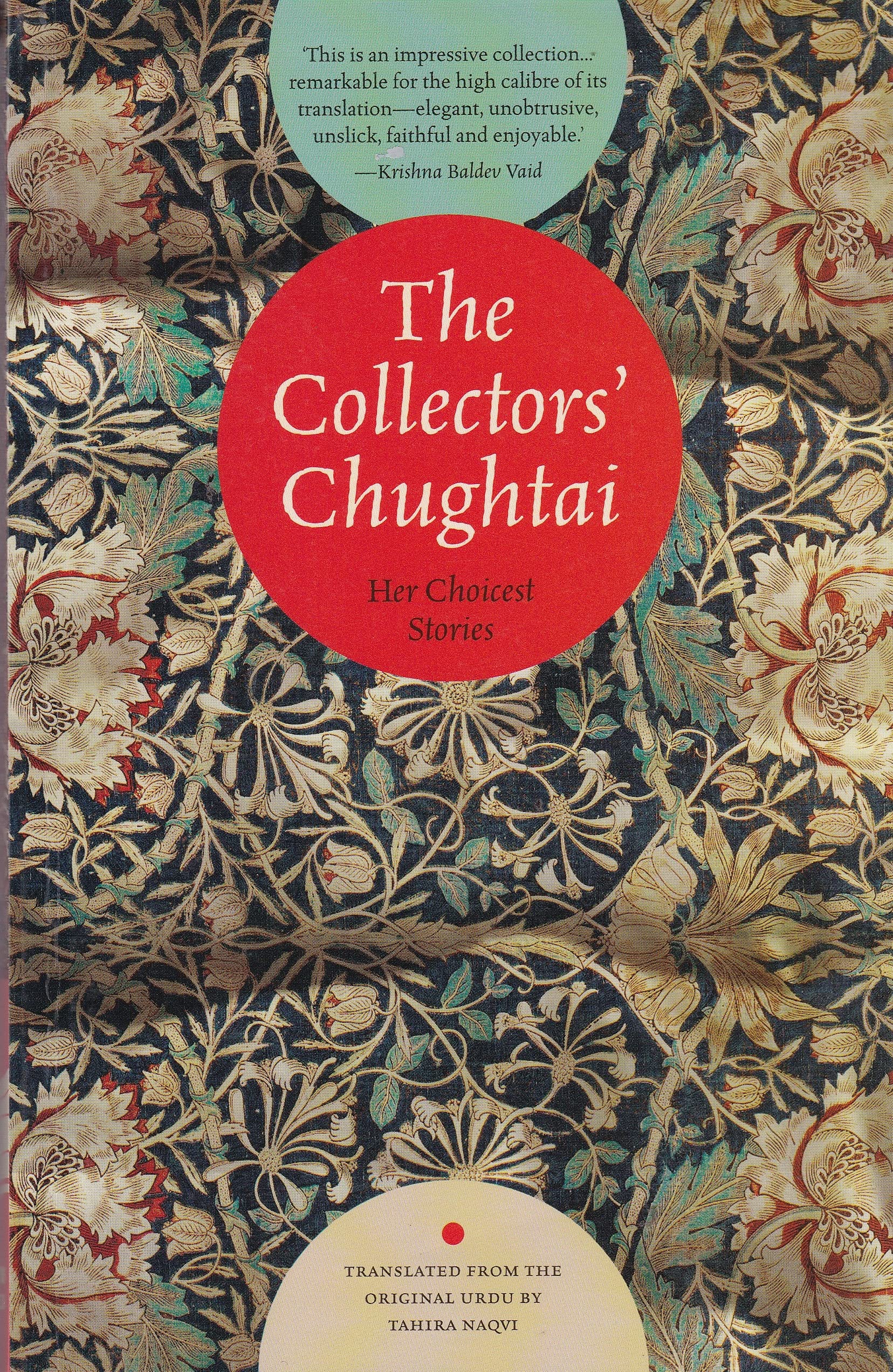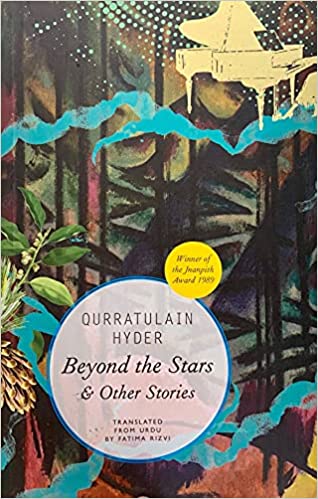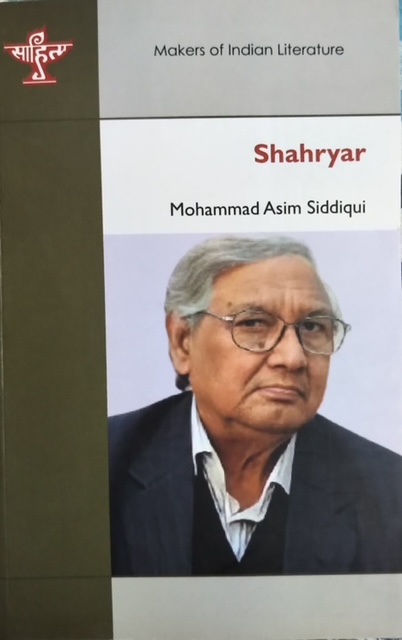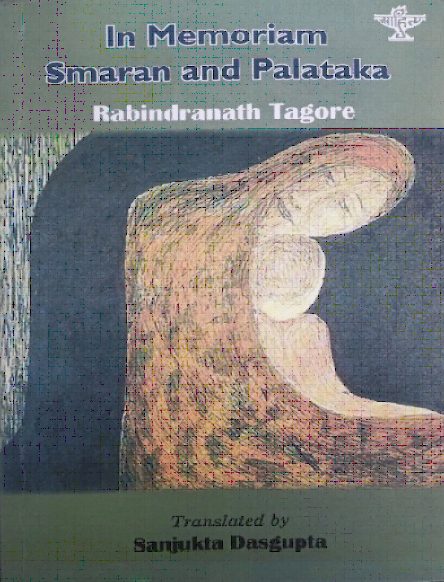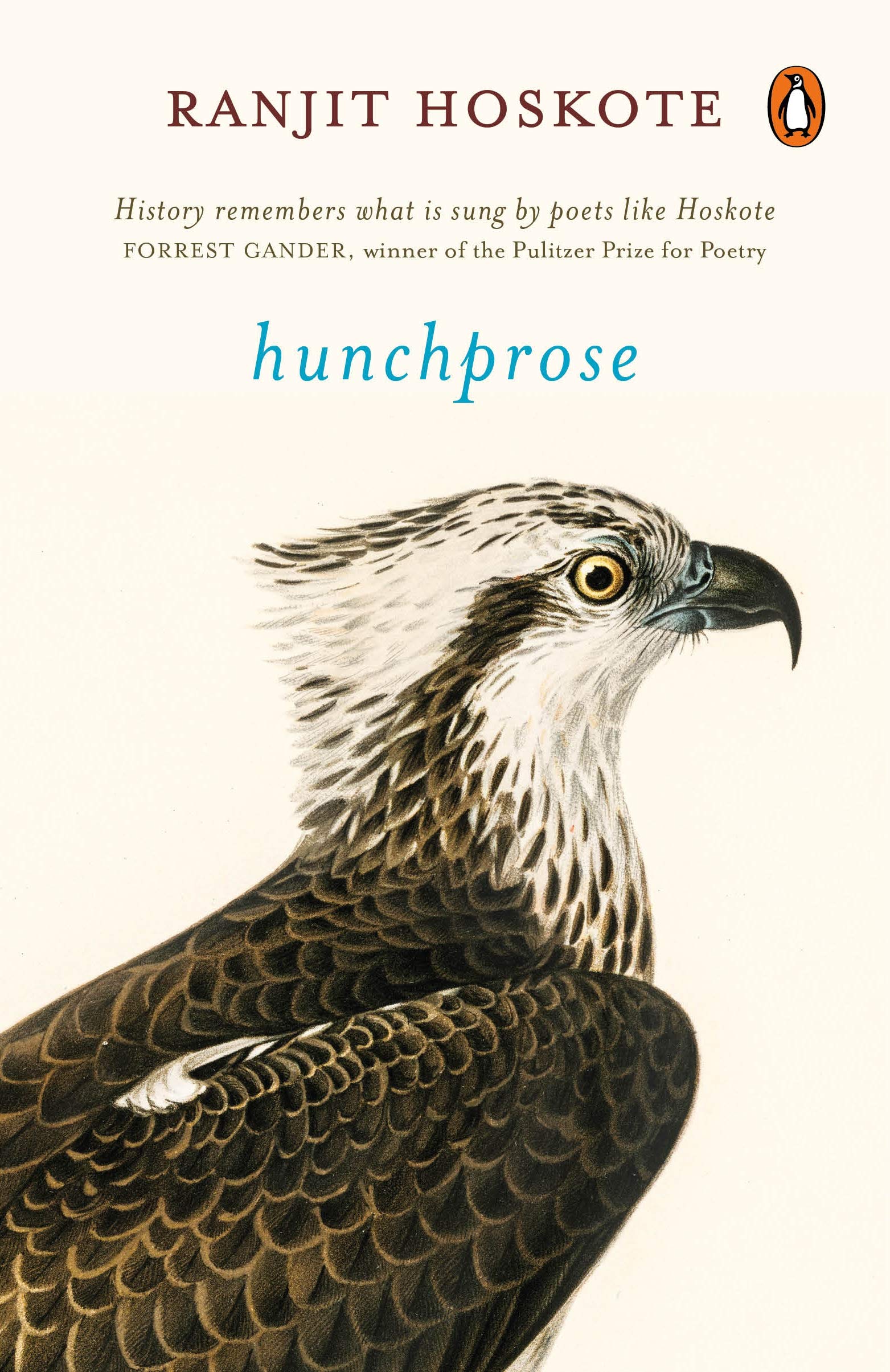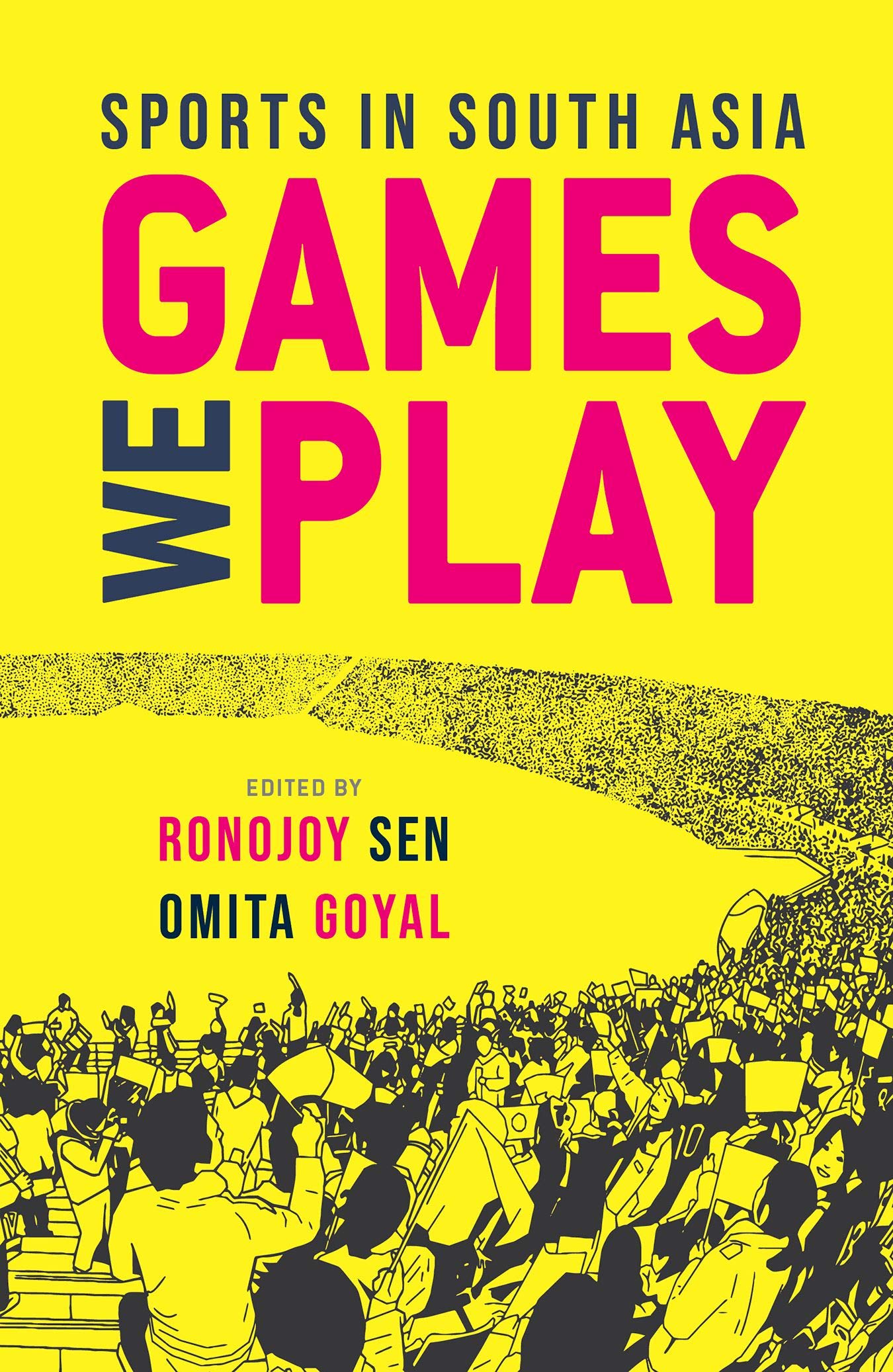The rise of the Islamic State—variously known as ISIS, ISIL, IS, Da’esh—represents a unique occurrence within the burgeoning global jihadist movement. It is perhaps for the first time in modern history that an extremist group has succeeded in conquering swathes of territory as vast in size as present day United Kingdom, with several million inhabitants, and transformed itself into a quasi-state like entity, thereby succeeding in establishing a unique political system representing the typical attributes of a totalitarian regime…
Archives
October 2021 . VOLUME 45, NUMBER 10Indo-Pacific (comprising the maritime space extending to the Indian Ocean, the littorals of East Asia and to the western Pacific Ocean[1]) can be regarded as the new buzzword in international affairs. The renewed focus of the United States towards Indo-Pacific and the ‘pivot to Asia’ call adds strength to this concept. Freedom of navigation and safety of the movement of cargos and resources through the sea lanes of communication are vital for maintaining peace and order in the global system. Most of the trade and resources flow through sea routes and keeping them safe and accessible to all is an important requirement…
This an extremely readable book written by a British national whose Sikh and Indian roots draw him back to write not about the country of his parents’ origin (India), but his own country, Britain. In that sense, this book is distinct as it does not focus on the former colony as most books and academic works, especially in the field of postcolonial studies tend to do. It looks at the lingering after-effects of colonialism on a former colonial power like Britain itself. What emerges is an interestingly written account of Britain as a nation that held sway over a vast empire upon which a once fabled sun never set…
Vipul Dutta is Assistant Professor of History at the Department of Humanities and Social Sciences, Indian Institute of Technology, Guwahati, where he combines research and teaching interests in South Asian diplomatic, military, and economic history of the twentieth century. The book is an outcome of his doctorate from King’s College London.In his dissertation, Dutta set out to plug the gap in knowledge in India’s civil-military relations between the demands for Indianization, or the displacement of British officers with Indian officers in the army, and the institutional development in terms of training institutions such demands entailed. Whereas there is enough spotlight on the former, with the contribution of stalwarts from the freedom struggle like Motilal Nehru and Jinnah finding mention…
Amartya Sen requires no introduction to an Indian audience. Economist, philosopher, author, educationist, Public Intellectual Extraordinaire—call him what you will—he has loomed large. All of us have read his writings, be they profound academic contributions or more popular essays and pieces for general readership. The book being reviewed here, Home in the World: A Memoir, is a book with a difference. It is a memoir more than an autobiography. It starts, like it should, at the very beginning, when Sen was yet to be three and was on his way to Burma on a ship which hooted rather often, but then seems to stop, rather suddenly in 1963, just when Sen, not yet thirty, joins the Delhi School of Economics to occupy the chair being vacated by VKRV Rao…
The book under review suggests ways out of what is possibly one of the worst crises of the 21st century. The author compares the situation to a war and also finds similarities with the 2007-08 economic crisis. He attempts to address the fallout of the pandemic, its historical context and puts forward the emerging challenges and potential solutions.The book begins with the science behind viruses and gives a historical background to pandemics. This part is very well covered and readers will find it very informative. The later chapters delve into the government’s response. The author critically evaluates the measures undertaken by governments and their prognosis of the situation…
The poor quality of official statistics is the basis for many criticisms of the Government these days. Whether it is the handling of the COVID pandemic, the state of the economy, or the quality of life of people in society, a common refrain of all critics is that of the poor and declining quality of Government data. Ironically, this situation has come about in large measure because of the success of official statisticians in persuading policy makers, commentators, and civil society activists to use data and empirical arguments in their discussions…
The book under review, Monopsony Capitalism: Power and Production in the Twilight of the Sweatshop Age, could bear the title of the review of the book as it is reminiscent of the regime of accumulation described in the classic Monopoly Capital by Paul Baran and Paul Sweezy, and recalled by Ashok Kumar on page 50. In footnote 27 on the page, the author advises, similar to the illustrious duo, that ‘“monopsony capital’’ is intended more as an analytical device rather than a quantitative measure.’ Monopoly is one seller confronting many buyers. Monopsony is a few buyers confronting many sellers. Both are analytical devices…
Venture capital, though not new in India, has expanded in the last decade; India has created over a 100 unicorns with a combined market capitalization of $240 billion. This enormous wealth creation has spurred a growing investor appetite for start-ups. More than $60 billion has been invested in Indian start-ups over the past five years, with around $12 billion in 2020 alone. The most astounding example is the resounding success of the food delivery app, Zomato, which after registering a robust listing day gain of 66% continues to scale new highs every day despite not making a single rupee by way of profits…
Small land holdings, coupled with low productivity and high volatility of agricultural yields, and farmers’ income are the concerns of Indian agriculture today. These concerns need to be addressed by raising agricultural productivity and lowering market, production and climatic risks. Substantially increasing farmers’ income and making it stable are the pre-requisites for the viability of the sector. Adoption of organic farming can be financially rewarding and environmentally sound. The book Organic Farming: Economics, Policy and Practices by Hari Ram Prajapati is an attempt to describe the economics and status of organic farming and related government policies in the country…
Fresh scholarly interests evoking curiosity and concern have come up after the rise and consolidation of Hindu nationalism in India. The capture of power by the BJP in 2019 has made the causes and consequences of its victory a timely and tantalizing prospect for analysis, spanning volumes of work in academia and journalism. Accounting for the rise of the Hindu Right, studies have explored complex polarization strategies, majoritarian logic, suave use of caste-class algorithms, alliance making, attracting funds of corporate houses, deft social media marketing…
A conversion by change of name within Hinduism is a clandestine conversion which can be of no avail—AmbedkarThe quote above is a reflection of the fact that Dr. Ambedkar denounced any potential for liberation for Dalits within Hinduism. Despite that, several Dalit castes connect themselves to the great tradition of Hinduism and perceive religion as an emancipatory space. The desire for pain-sharing, an aspiration to equality, dignity and self-respect provided grounds for religious traditions to enter into the life world of the marginalized. Alternative religious traditions helped provide this…
Shaikh Ali Hazin, one of the greatest Persian poets of the day, moved to Delhi from Isfahan in 1734, a couple of years after the great Safavid dynasty of Iran was ended by Nadir Shah Afshar. While he was widely venerated in India, Shaikh Hazin denigrated Indian writings in Persian, which he found corrupted and unfathomable. In response Khan Arzu, one of the greatest scholars of the age, an uncle to the poet Mir, and a philologist who anticipated William Jones by a few decades, defended Indians’ ability to compose in Persian as they liked by making a distinction between the spoken language and the learnt literary language…
The volume by Manu V Devadevan, The ‘Early Medieval’ Origins of India, is a significant contribution to pre-modern South Asian history. A reappraisal of the historiography of the period 600-1200 CE referred to as the ‘early medieval’, it is a valuable addition to the debate on what India is and how it should be understood. Critical of the scheme of periodization in Indian history and prevailing wisdom on early medieval period, the book is provocative and radical in its claim that India is a product of the early medieval times. It stands strongly against the popular imagination and existing knowledge that trace the beginnings of ‘Indian civilization’ to the second millennium BCE or the age of the Vedas…
This book is a collection of papers presented at a two-day seminar titled ‘Mughal Art and Culture’ organized by the KR Cama Oriental Institute, Mumbai in 2017. A wonderful exhibit of the institutional patronage provided by the Parsi community to historical research pertaining to Iran and India, the book is a welcome addition to the history of the Mughal era while retaining its specialized focus on the history of art and architecture of the period. It begins with a short Foreword by Muncherji Cama (since deceased), President, Cama Institute, and Owner-Editor of Bombay Samachar, the Gujarati newspaper…
So far as a rigorous history of the upsurge of 1857 is concerned, Professor Rudrangshu Mukherjee is a formidable name. After every 50 years of the event, something spectacular has happened. Scholarship on the history of 1857 has been rising with state-funded seminars, conferences and publications, in 1957, and 2007. Mukherjee’s interventions have been much more profound and way beyond such sponsored research. He has also paid special attention to Awadh and Kanpur…
The book Waiting for Swaraj: Inner Lives of Indian Revolutionaries makes a distinctive contribution in locating the lives of revolutionaries of the Hindustan Republican Association (HRA) and Hindustan Republican Socialist Association (HRSA) beyond their acts of heroism. It is, as the author Aparna Vaidik calls it, the evaluation of an ‘emotional community’ that these revolutionaries primarily belonging to the North of India forged. They were crafting in the process an incipient Hindi speaking public sphere that contributed to a lexicon in Hindi to imagine a new discursive India…
Narrative Pasts narrates the formation of the Muslim community in 15th century Gujarat. The work highlights the representational power of various literary genres—biographical, historical, genealogical etc. and the way these memorialize the 15th century landscape. It successfully demonstrates that the region of Gujarat had a significant position in the world of Islamicate South Asia wherein it shaped the literary developments as well as the identity of the Muslim communities in the subcontinent. The region was also the focal point of textual knowledge formation as well as a thriving urban settlement. Moreover…
2021
Sometime around the 11th-12th century CE, Ramanuja, a great Shrivaisnava saint, accompanied by two disciples travelled from Srirangam (presently in Tiruchchirappalli district) to Tirukottiyur (currently in Sivaganga district) in the Tamil Nadu region to meet a renowned acharya (loosely translated as teacher) for the purpose of learning a mantra (esoteric sacred knowledge) otherwise exclusively confined to the Brahmanas of the Shrivaisnava community. We are told that Ramanuja’s interaction with the acharya was a test of his will power and patience…
Bhairabi Prasad Sahu, a veteran historian, has published a collection of fourteen essays on the history of pre-modern Odisha. The book explores the ‘convergences of culture, language, society and territory’ (p. 20) in the making of the Odisha region from the post-Mauryan times to the sixteenth century. It engages with issues of monarchical state formation, expansion of state-society, shaping of a region-specific caste system, spread of Puranic religions, growth of trade, markets and urbanization, and the evolution of Odia language and script…
Aloka Parasher Sen, otherwise known amongst students of history for her groundbreaking works on forest spaces and forest dwellers, especially the Mlecchas, has made another crucial intervention via the book under review. This book on the early history of Deccan is her labour of love, a token of gratitude to the city of Hyderabad, where she taught as Professor in the Department of History, Hyderabad Central University. In another piece of writing, a rather interesting bio-note, Sen admits that her stay in Hyderabad made her sensitive to the immediate environs and got her interested, academically, in the region…
Urbanization is considered to be a significant moment in human history. Mumford argues that urbanization took an unprecedented form by throwing off natural limits of the environment with industrialization. Thus, while urbanization in the past was a historical moment for detaching labour from land and nature, urbanization in the present is about bringing nature back to tackle the question of livability of the city. This has made contemporary urban discourses witness the emergence of debates such as green urbanism, eco-city, sustainable city, etc…
In writing Governing Gender and Sexuality in Colonial India, Jessica Hinchy has given the world of gender and sexuality studies a much required in-depth history of the Hijra community. Based on years of her archival research published as independent papers in different journals, this book is also the story of encounters with violence, resistance, and resilience. Hidden behind the detailed academic analysis is the tale of survival of a community whose non-normativity and visibility made it a target of colonial control, surveillance, discrimination and even extermination…
The book The Death Script: Dreams and Delusions in Naxal Country is primarily a document discussing death in the aftermath of the Maoist insurgency of Bastar. The author Ashutosh Bhardwaj is a journalist who lived in the forests of Dandakaranya. His narration is a departure from journalistic writing as he uses creative ways to tell the stories of the Red Corridor of India, in which he is a participant rather than a mere observer. The book is divided into seven chapters. Each chapter is categorized in a creative way, and as a whole…
The events of Karbala are part of a tradition that is well documented in the observation of Moharram all over the world. The story told has also been across generations making these events a cultural artefact to be remembered and shared, with every episode echoed in a majlis, marsiya, noha, and more. Ismat Chughtai’s Ek Qatra-e-Khoon is a recounting of these events presented in the form of a novel, and particularly unique if one considers it alongside her other works…
1857 is etched in the historical memory of India, particularly of Indian Muslims, as a singular event that ushered in a tectonic shift in Indian history and transformed their fate forever. Their claim to equal citizenship, let alone supremacy, was permanently eroded and the process of their minoritization was slowly set in motion. Nineteenth-century Muslim intellectuals like Sir Syed Ahmad Khan and Mirza Ghalib had a vague sense of it. But others, especially those writing in the wake of the 1947 Partition…
The Collectors’ Chughtai is a collection of twenty-nine short stories by Ismat Apa, or Ismat, as she is popularly referred to in the Urdu literary circles. Tahira Naqvi, who has translated other works by Chughtai, is the translator for this volume. Women Unlimited have once again done a favour to readers of translated Urdu afsanas and admirers of Ismat. Chughtai’s works regularly feature in graduate and postgraduate courses of literature or culture studies the world over. This is interesting since her works were first translated from Urdu to English not earlier than 1990…
To write is to demonstrate a principled willingness to be judged. The writer knows that her neck is on the line but she lives with this awareness and continues moving towards something more honest. She knows she will never be able to capture the entire human being, that her words—her most trusted aides—will fail her eventually, but she continues inching towards that failure ensuring that she fails well. In every failure she finds her reasons for embarking upon another failure, of a different and, preferably, better kind…
Shahryar (1936-2012) was a name incarnate indeed; the prince perfect of modern Urdu poetry. He was a person of suave manners and a poet of soft tone and tenor who stood out as an embodiment of urbanity in life and literature. He looked at life with clinical detachment and at literature with passionate commitment. During a literary career spread over five decades (1960-2012) and an academic career spanning over three decades (1966-1996), he earned a name for himself as an academic, editor, poet, and a film lyricist while balancing all these roles against one another with great distinction…
Grief and mourning are some of the hardest emotions to write about. The ongoing experience of the pandemic has returned us to these elemental experiences of loss and reminded us that words still carry the anguish of sorrow and the power of cathartic healing. Rabindranath Tagore’s poignant lyrics in Smaran and Palataka are both personal as well as timeless; they speak to all those who have lost beloved family members and those who fear such losses…
2021
What good can poetry do? A lot. Even for jaded sensibilities. When hype springs eternal in the human breast, poetry can be sobering. Poets have been reminding us for long that we are not all that human. Some of them fear a future when we are human. We lack the capacity, they say, to see one another as fully human, as more than ‘dreams or dots’. Some poets go a step further. They also try (almost in vain) to make us think and feel like the animals around us.
The book is an edited volume whose chapters unravel the socio-cultural and socio-economic dynamics of the development of sports in South Asia. However, as states of this region were former colonies of the British Empire, cricket has captured the bulk of the attention in the book. Alongside other genres of team and individual sports, ‘traditional sports’ have been adequately discussed. Interestingly, it has also manifested how sports have figured in myths, memories, fiction and cinema…

